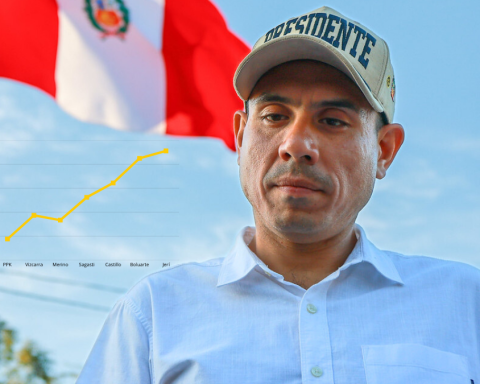Just like oil and other raw materials, wheat prices soared in recent days: first as a result of the possibility of a conflict in Ukraine and then because of its actualization.
Ukraine is responsible for about 12% of world wheat exports and Russia for another 16%. Following the Russian invasion of Ukraine, historically known as the breadbasket of Europe, grain values skyrocketed.
The Rosario Stock Exchange, which specializes in monitoring commodities linked to agriculture, indicated that “the armed conflict in the Black Sea region continues to generate concerns about the global supply of cereal” and that the price of wheat reached a maximum in 14 years. According to the entity, “The uncertainty about how long the ports in the area will remain inoperative boosted the prices” of wheat this day.
After months in which the grain was traded at values between US$280 and US$290 per ton, the escalation led it to appreciate in Additional US$ 100 per ton. This Wednesday the future contract for delivery in May was trading at US$ 389 in the international reference market of Chicago.
For now, Ukrainian ports remain blocked and demand is highwith “buyers looking for solutions” to replace the Ukrainian shipments they expected to receive, Damien Vercambre, a broker for the Inter-Courtage cabinet, told AFP.
“Nothing has changed at the moment, but the markets are starting to become aware of the situation. Exports are totally interrupted and it is urgent to find new outlets“, he detailed.
In Uruguay, US$ 54 million worth of wheat were exported in February, 158% more than in the same month last year. According to Uruguay XXI, “the rise is due to both better prices and higher export volumes” and “the placements went mostly to Algeria, but also to Chile and Brazil.”
soybean and corn
In addition, soybeans fell but did so after reaching a maximum since 2012 in the previous day. In October and November, the oilseed was quoted between US$450 and US$480 per ton and in the last two weeks it exceeded the barrier of US $ 600with peaks above US$630 in the second half of February. Currently it is around US$ 610 per ton.
According to the report of the Rosario Stock Exchange, the war “generated concerns about the global supply of sunflower oil, given that both countries together represent 80% of world exports. This fact boosted vegetable oils in general, which translated into an increase in soybean prices in recent days”.
In 2021 Uruguay exported US$ 892 million of soybeans, 17% more than in 2020. It is the third most important export product in the country by value, only after bovine meat and cellulose. For this year, Uruguay XXI estimates that the oilseed will be exported for an approximate value of US$ 1,600 million with an increase of 80% as a result of a higher volume and placement price.
For its part, corn is also around record prices since 2012, due to the uncertainty that the war sows on the world supply levels of the crop. Vercambre commented that “China was expecting the delivery of between four and five million tons of Ukrainian corn and is now trying to obtain supplies in another way.”
Six months ago corn ranged between US$210 and US$220 per ton for delivery in May of this year and now it takes between US$280 and US$290 per ton.
















